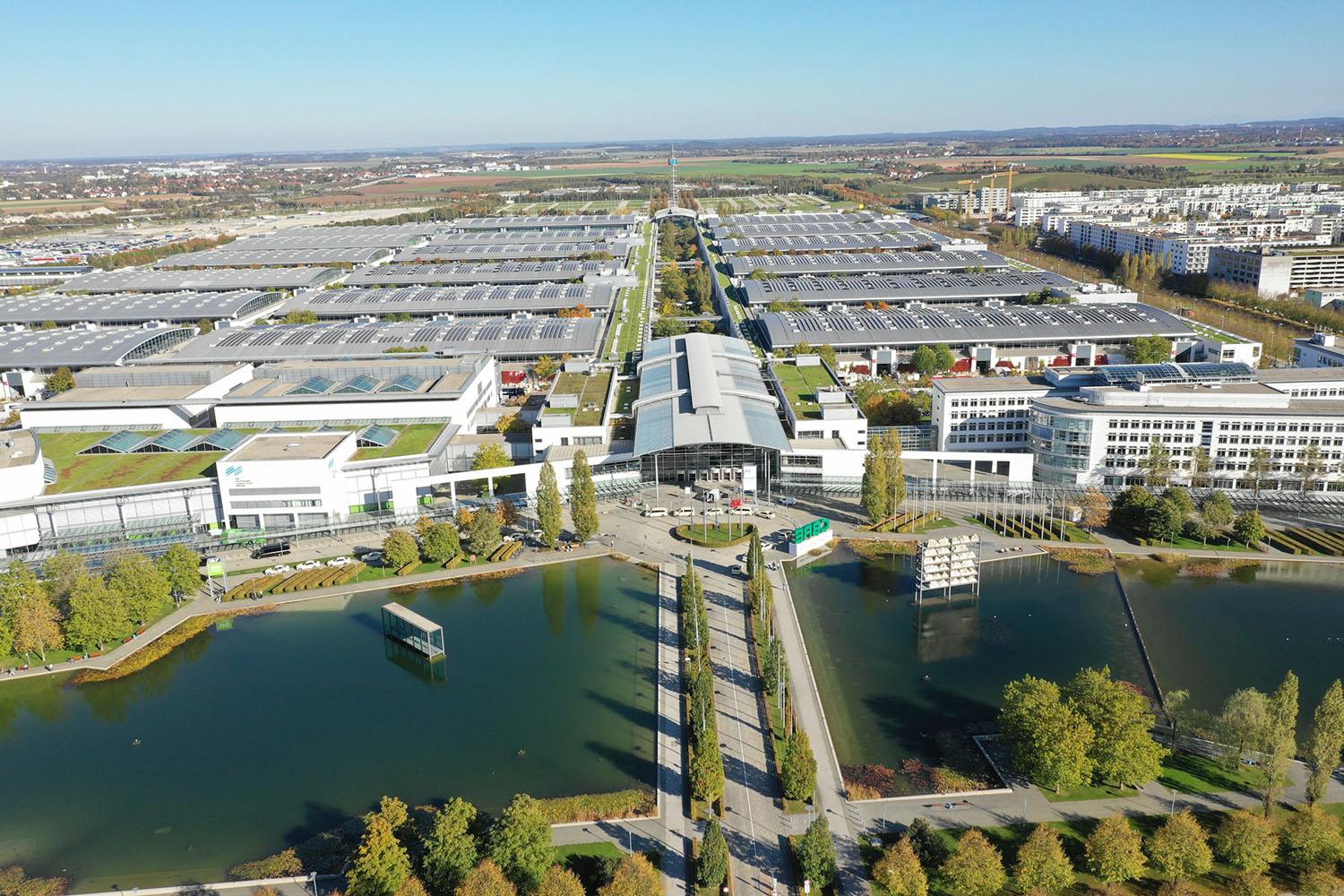
Thought
What Makes Our Data Capability Different
We don’t just collect utility data, we understand it. Our approach combines solid engineering, intelligent automation, and hands-on consulting experience to create a data service that’s both technically robust and commercially relevant.
Built for Real Life, Not Ideal Conditions
Data doesn’t flow neatly in real estate. Some countries have national hubs, others don’t. A supplier may offer an API in one region and PDFs in another. And then there are those stubborn meters that still need manual reads. We designed our service to capture utility data wherever it lives, then bring it into one traceable pipeline.
At the core is our data collection platform that connects to over 900 utility data sources, covering everything from national data hubs and supplier APIs to submetering portals and manual reads. We’ve recently added AI-powered PDF parsing to the mix, which means we can now extract data from invoices and documents with a high degree of accuracy and reliability – unlocking sources that were previously manual or unusable.
This means fewer gaps, faster mobilisation, and more complete coverage for investors dealing with mixed asset classes and geographies.
Consulting at the Core
Many platforms can move numbers from A to B. What’s harder (and often missing) is making sure the data actually serves sustainability and reporting goals. That’s where our expert teams come in. Their knowledge shapes how data is collected, structured, and reported – ensuring outputs match the requirements that matter.
Our consulting team brings deep domain knowledge of sustainability, reporting frameworks, and regulatory drivers – providing the strategic context and practical insight that guide how we approach data collection and solution design. This insight is translated into action by our dedicated data and product teams, who build and operate the systems that make our service scalable, accurate and efficient. Whether it’s mobilising quickly across large portfolios, automating high-frequency data streams, or ensuring outputs align with CSRD, GRESB, SFDR or other frameworks, this tight collaboration between consulting and delivery is what allows us to solve complex challenges and add real value for our clients.
This means we don’t just process numbers – we build a service that accelerates reporting, reduces admin burden, and gives investors confidence they’re on solid ground.
Key Technical Capabilities – What This Means in Practice
Coverage you can use
- Integrated with over 900 utility data sources globally – fewer gaps, less data chasing.
- Supports both structured sources (APIs, data hubs, file feeds) and unstructured ones (web portals, PDFs, scanned invoices, manual reads) – if there’s a digital trace of the data, we can collect it.
- AI-powered PDF parsing – pulls the right fields at scale with high accuracy.
- Mobile app for manual meter reads – site teams log data once; feeding readings directly into the system.
Quality you can prove
- Granular data handling (hourly, daily, monthly) with intelligent aggregation and interpolation – detail when you need it, clean roll-ups when you don’t.
- Multi-stage validation – flags outliers, resolves clashes, and keeps datasets consistent.
- Full audit trail – every number links back to its source, overwrite logs show who changed what and when.
Purpose-built for real asset portfolios
- Broad utility coverage – electricity, gas, water, district heating and cooling, hot water, and sensor data (e.g. temperature, CO₂, VOCs)
- Customisable data onboarding and validation workflows – tuned to your asset mix and specific needs.
- Strong consulting overlay – shaping data strategy, accelerating mobilisation, and aligning outputs to reporting requirements.
Our Supported Data Collection Methods – Pick What Fits Your Portfolio
We support a wide range of data collection methods, designed to suit different markets, provider types, and data availability:
- API integrations: Direct connections to utility provider APIs where available. Data is pulled on a scheduled basis based on availability.
- Utility hubs: National or regional data hubs where meter operators or suppliers must submit data. Access is based on meter lists and appropriate agreements (e.g. LOA or sub-processor agreements).
- File parsing: Scheduled ingestion of structured files (CSV, XML, etc.) from suppliers or metering systems using standard protocols.
- Web scraping (‘robots’) for customer portals: Automated extraction of usage data from online customer portals. Requires credentials and account structure info.
- Robots for submetering provider portals: Similar to above, but targeting submetering platforms used within buildings or portfolios.
- Invoice parsing: Data extraction from utility invoices. We use sample invoices and map structures to configure parsing rules – now supported with AI parsing capability.
- Manual collection: For meters without automatic reading capabilities, we provide a mobile app to log and submit readings directly to our platform.
Each method is subject to a pre-integration assessment, quality control steps, and ongoing monitoring to ensure data remains accurate and complete.
Ready to See It in Action?
If you’re curious how EVORA’s Data Collection Service could work on your portfolio, we’d be happy to show you. Reach out to us to get started.
We’ll help you map the quickest path to steady, audit-ready data. No theory, no gimmicks – just proof of how the right setup turns utility data from a liability into a tool that protects value.
Eliminate Data Chaos and Boost ROI with EVORA’s Proven Data Solutions
See how EVORA helps you move from fragmented data frustration to clarity and confidence in every investment decision.













